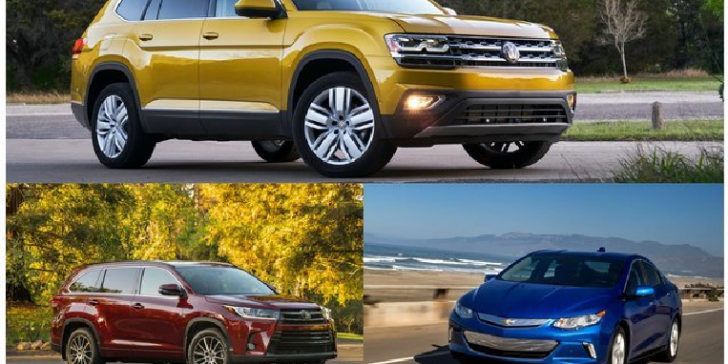
If you’re thinking of getting a new vehicle, there are several things you need to consider when deciding which model to buy. Size, fuel economy, comfort features, and reliability are all important to think about. However, perhaps the most important elements of a new vehicle are those related to safety. The right features can make driving safer for you, your passengers, and others on the road. Here are some vital safety features to consider for your next vehicle.
Adaptive Cruise Control
Most relatively new vehicles are equipped with traditional cruise control. This means you can set a specific speed and the car will automatically maintain that speed until you touch the brakes or cancel the setting. It’s a nice feature that can make long commutes less tedious. The newer version of this technology, adaptive cruise control, adds an element of safety. Rather than just maintaining a specific speed, adaptive cruise control modifies speed as necessary to keep your car a safe distance from the vehicle in front of you. This can greatly reduce the chance of an accident, especially in rush hour traffic.
Traction Control
A vital aspect of your car’s safety is the ability for you to maintain control in any road conditions. Four-wheel or all-wheel drive can make it easier to drive safely in wet or snowy conditions. Another feature you may want to consider is traction control. While the specifics of these systems vary by manufacturer and model, the goal is to improve control in slippery conditions by sending more power to wheels with the most traction. This can prevent having your tires spin uselessly when parts of the road are muddy or icy.
Automatic Emergency Braking
Even the best drivers can’t always react quickly enough to stop when traffic comes to a sudden halt. If you have a long commute or drive often at night, it can be even more challenging to brake quickly if you get drowsy at the wheel. A car with an AEB system is equipped with sensors and internal computers to automatically apply the brakes in the face of a potential collision. Studies show that cars with this technology have a drastically lower chance of rear-end collisions.
Lane Departure Warning Systems
One of the common causes of accidents is entering another lane when it’s not safe to do so. This often occurs when drivers aren’t paying close attention, allowing the vehicle to slowly drift over the line. Cars with lane departure systems have sensors that can tell when the car crosses a lane boundary. Most provide drivers with a visual and/or audible warning, though this warning does not occur if the turn signal is engaged. More advanced systems may also have a “lane assistance” feature, which will automatically move the car back into safety when it senses a drift happening.
Cameras and Blind-Spot Warning Systems
You can improve road safety with a new car that reduces your chances of colliding with things you can’t see. Cameras and sensors play key roles in the safety systems of newer cars. Rear-view cameras can help prevent collisions when backing out of a parking space or down the driveway. Additionally, you can find a car with a blind-spot monitoring system that provides a warning when vehicles are in your side and/or rear blind spot. Some manufacturers are utilizing the same technology to prevent passengers from opening back doors when there is an oncoming car or bicycle.
Read more: The Best Platform To Maintain The Automobiles At An Affordable Price
Automobile accidents can have severe consequences, from injury and loss of life to high financial risks for insurance companies. Fortunately, most vehicle manufacturers are implementing advanced technology that greatly increases safety for everyone: drivers, passengers, and pedestrians. From lane-assistance systems and automatic braking to adaptive cruise control and blind-spot sensors, new safety technology can drastically reduce your chances of being in an accident.
